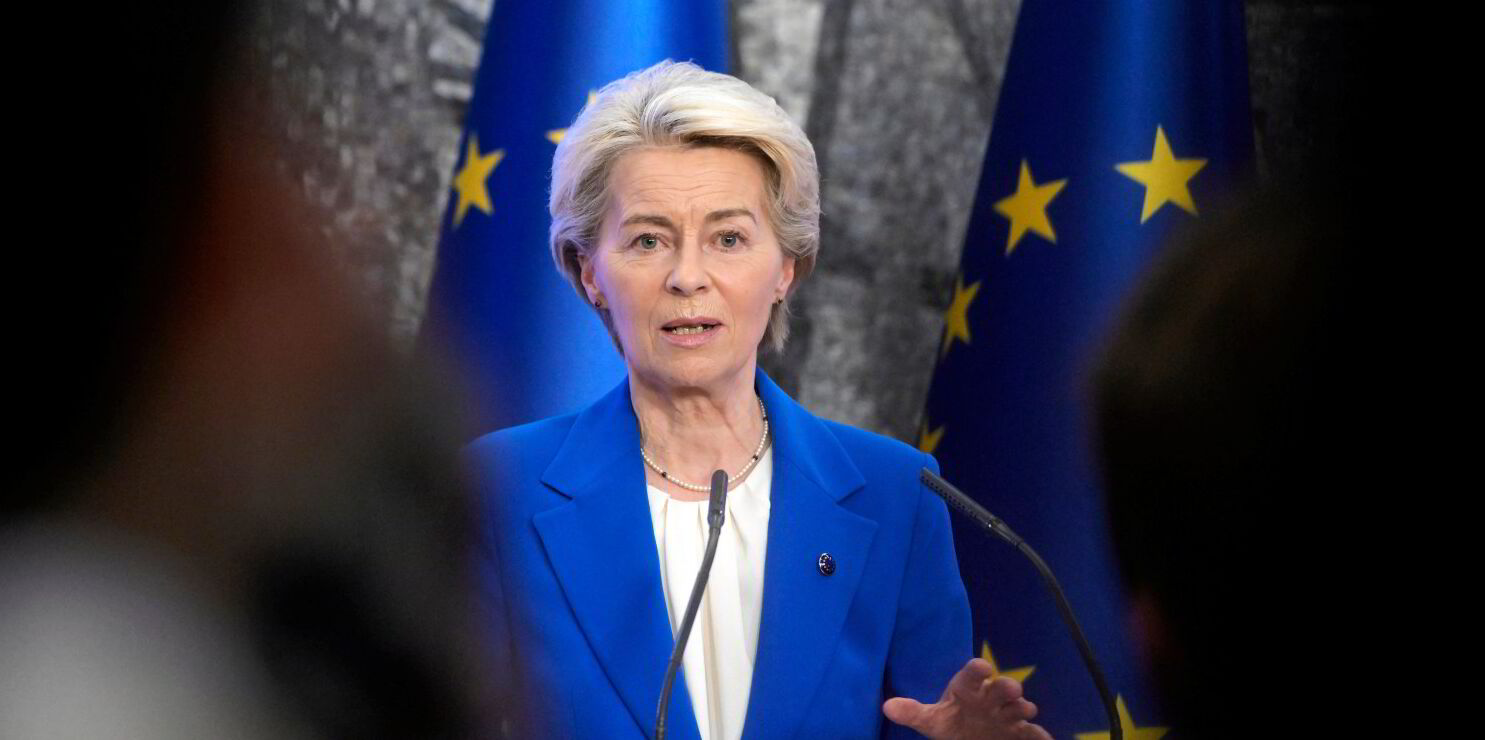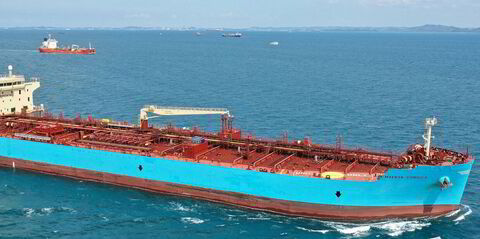Shipping’s next environmental regulation is just around the corner and it’s a “monster”, according to Bernhard Schulte Shipmanagement (BSM) chief executive Ian Beveridge.
The European Union’s FuelEU Maritime regime comes into force in January to scrutinise the fuel consumption of ships calling at European ports.
“This packs a punch. Anyone who believes that EU ETS [Emissions Trading System] is cost and labour-intensive should be prepared for much more with the forthcoming FuelEU Maritime,” Beveridge said.
“FuelEU Maritime is a monster. The new EU regulation aimed at reducing greenhouse gas intensity will demand even greater compliance and administrative efforts compared to EU ETS.”
Beveridge warned that there are still no standard charterparty and ship management agreement clauses regulating the compliance obligations between charterers, owners and ship managers.
“Furthermore, there are many unresolved challenges and uncertainties,” he said.
“To name only one, compliance pools always span one calendar year and do not follow commercial agreements, necessitating the need for complex agreements when pooling rights are transferred.”
The measure promotes the use of renewable, low-carbon fuels and clean energy technologies for ships.
FuelEU Maritime sets maximum limits for the yearly average greenhouse gas intensity of the energy used by ships above 5,000 gt calling at European ports, regardless of their flag.
Targets will ensure that the greenhouse gas intensity of fuels used in the sector will gradually decrease over time, starting with a 2% decline by 2025 and reaching up to an 80% reduction by 2050.
‘We will be ready’
Those targets will become more ambitious over time to stimulate and reflect the necessary developments in technology and the uptake in the production of renewable and low-carbon fuels.
Beveridge said BSM has taken all the necessary measures at an early stage to fulfil all compliance monitoring requirements.
“We were ready for CII and EEXI [the Carbon Intensity Indicator and Energy Efficiency Existing Ship Index], we are ready for EU ETS, and we will also be ready for FuelEU Maritime,” he said.
“We will also be ready for anything else that comes our way — and there is no doubt that there is much more to come.”
Beveridge noted that the US, the UK and Turkey are working on similar regulations — “The emphasis is on ‘similar’, not ‘the same’ because, as always, the devil will be in the detail.”
And new greenhouse gas pricing measures could be finalised at the International Maritime Organization meeting in April next year and adopted by the autumn.
They could then come into force in 2027.
‘Convoluted’
“Whatever the agreement will look like, there is little chance that it will replace the existing or future regional regulations but will come on top of them,” he said.
“That means more complexity and even more administrative burden and bureaucracy. We are increasingly becoming data managers focusing on monitoring and reporting.”
He believes this is “hardly feasible” for smaller shipping companies and managers, and called existing decarbonisation measures “convoluted”.
“If you have a common goal, you should also agree on a common framework,” he argued.
“We fully support the overarching goal to protect our climate.
“However, even if we are undoubtedly capable of managing the complexity of the new requirements, greater alignment between these regulations would enhance efficiency and drive more effective outcomes, to the benefit of everyone.”







